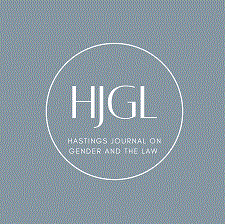
Abstract
The recent Supreme Court decision finding that the failure of schools to address and remedy peer sexual harassment in Davis v. Monroe County Board of Education, appears to be a victory for students and feminists alike. However, the Davis decision does not go far enough to insure the emotional and physical well-being of America's school children. While as a result of this decision schools must begin to recognize the true nature and severity of peer sexual harassment or face the possibility of monetary damages, Davis is, nevertheless, flawed. The Supreme Court operates under the assumption that actual knowledge is the correct standard to determine liability. Instead, in looking to the similarities that exist between school and the workplace, adoption of the constructive notice standard would have been more appropriate. Due to the Court's adoption of this lesser standard, the Supreme Court affords substantially less protection to children than it does adults in the workplace. This holding leaves open the question as to whether there is another form of relief available. Possible solutions range from the creation of a state remedy to the amendment of Title IX; thereby legislatively establishing that sexual harassment is explicitly covered by Title IX and that constructive notice is the correct standard for assessing liability.
Recommended Citation
Tianna McClure,
Boys Will Be Boys: Peer Sexual Harassment in Schools and the Implications of Davis v. Monroe County Board of Education,
12 Hastings Women's L.J. 95
(2001).
Available at: https://repository.uclawsf.edu/hwlj/vol12/iss1/4

